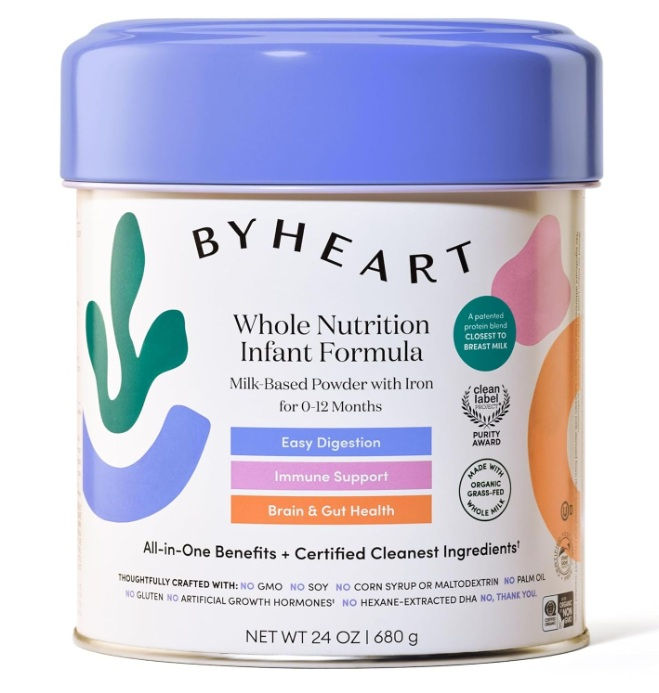Making Cronobacter sakasakii Reportable - A Win for Infants
- frankyiannas

- Jun 29, 2023
- 3 min read
In March of this year, I was asked to testify in front of a House Oversight subcommittee on the infant formula crisis.
In my oral and written testimony, which you can find here, I gave eleven (11) specific recommendations on how to prevent a crisis of this nature from happening again.
My very first one out of the eleven was, “It’s time to make Cronobacter sakazakii a nationally notifiable disease.”
In the report, I provided a lot more context, which you will find below.
Today’s announcement by the Council of State and Territorial Epidemiologists (CSTE) that they now “recommend making invasive Cronobacter infection in infants nationally notifiable to the Centers for Disease Control and Prevention (CDC)” is a win for parents, caregivers, and – most of all - infants.
After all, they are among the most vulnerable of consumers and they deserve no less than our unwavering commitment to protect them.
Frank
----------------------------------------------------------------------------------------------------------------------

Excerpts from Frank Yiannas’ Testimony in Front of a House Oversight Committee
March 2023
In this instance, the foodborne disease surveillance system for Cronobacter sakazakii failed us and it MUST be improved.
Unlike other foodborne illnesses, Cronobacter sakazakii infections are NOT a nationally notifiable condition and is not reportable in most states. According to the Centers for Diseases Control and Prevention (CDC), Minnesota and Michigan are the only states that require reporting and the CDC reports that they typically receive reports of only 2 to 4 Cronobacter infections in infants per year. That means that there are likely cases of severe infant illnesses and deaths, although presumably rare, occurring in the United States due to Cronobacter and that those cases remain anonymous, unreported, and invisible to most of the nation.
A study by the CDC in 2014, published in the Journal of Emerging Infectious Diseases, titled Incidence of Cronobacter spp. Infections, United States, 2003–2009, estimated that the incidence of Cronobacter sakazakii among infants (zero to one year of age) was 0.49 per 100,000 population.
As illustration, for the incidence of another pathogen that is of low frequency but high severity, Listeria monocytogenes, the CDC estimates that there are 0.31 laboratory-diagnosed, domestically acquired infections per 100,000 population. This incidence rate is lower than that of Cronobacter among infants, the most vulnerable of consumers, yet Listeria is a reportable disease, but Cronobacter is not. It is only through reporting, and utilization of tools such as whole genome sequencing (WGS) of the isolates of Listeria monocytogenes detected that we have advanced what we know about Listeriosis. Because of that, today, we now know that many of the cases of Listeriosis that were once assumed to be isolated or sporadic, are not isolated at all. Increasingly, these cases are linked to a common food vehicle, allowing implicated foods to be taken off the market quicker, preventing additional illnesses, and outbreaks from getting larger. This, in turn, is enhancing our ability to create strategies to strengthen future prevention.
Lastly, in regard to making Cronobacter sakazakii a nationally notifiable condition, you have probably heard that this is not something the CDC, nor FDA can do on their own. There is a process through a body called the Council of State and Territorial Epidemiologists (CSTE) that meets annually to deliberate and vote on position statements and changes to national policy on notifiable conditions. This is a complicated process that is hard to explain to concerned parents, consumer groups, or public health advocates that wanted a change in notification policy to happen immediately after this issue was recognized. The CSTE is scheduled to meet in June of this year and I’m grateful that the FDA has been working to get this issue on the agenda. We MUST change this and make Cronobacter a nationally notifiable condition just like Salmonella, E. coli O157, and Listeria.








Comments